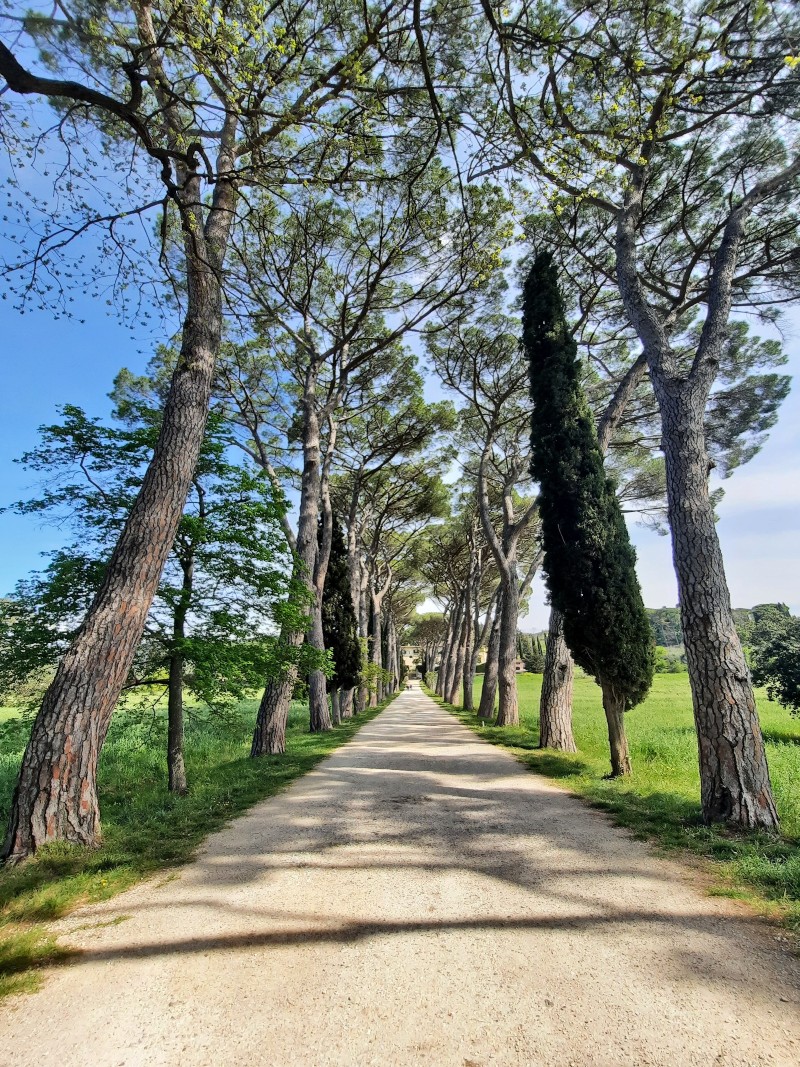…So what happened after Paris’ Antique Period?
Attila the Hun might not have attacked, but Paris didn’t escape invasion for for very long. Childerick I took over the city in 464 and, despite a devastating fire in 585, Paris grew both in size and population, expanding onto both sides of the river Seine.
In 845 and 855 Paris was attacked by the Vikings, a Norse tribe. When they were under seige for the second time, the Parisians called on the help of Robert I of France and his brother Odo. After the ten month seige was over, Odo became co-ruler of the Empire, along with Charles the Simple (great name!) It was Odo’s great-nephew Hugh Capet who would later be elected King of France, founding the Capetian dynasty with Paris as its capital.
They might have called themselves Kings of France, but the Capetians actually only ruled Paris and the surrounding Île de France. Over two centuries they gradually expanded their territory, and Paris became increasingly important. The city’s cathedral school developed into a university, eventually becoming a conglomerate of collèges called the Sorbonne.
Different areas in the city were starting to develop their own characteristics by the late 12th century. The island in the middle of the city (Île de la Cité) was the center of goverment and religion, the Left Bank was the learning and study district, and the Right Bank became the hub of finance and commerce. Monuments such as the Louvre, Nôtre Dame and Sainte-Chapelle were constructed during this time too.
The Capetian line died out in 1328, and the French throne was claimed by Edward III of England. But the French barons rejected him, supporting Philip VI of France instead. This was to be the start of the Hundred Years War, followed by the Black Death.
Throughout the 14th century, Paris suffered from outbreaks of the Plague, violence and uprisings of the people against the monarchy. The city see-sawed between revolts and being retaken by the royalists. Charles V of France took steps to defend his city and prevent further mutinies by building a wall around Paris, and constructing the Bastille fortress for imprisoning revolutionaries. Civil war broke out in the city, with the Burgundians and Armagnacs struggling for power.
During the chaos, it was the Plantagenets who captured the city, but it wasn’t too long before Charles VII of France retook Paris (despite the English kings also trying to lay claim to the throne). With over 200,000 inhabitants at the end of the Middle Ages, Paris (along with Naples) was the largest city in Europe.




